How to insure an older car
In today’s post-pandemic world, the automobile market is in a tailspin. With the necessary computer chips and other parts in short supply, the inventory of new cars is depressed, and people are driving their cars longer and for more miles. The market for used cars is skyrocketing.
So how do you insure an older car with higher miles?
First, the most important coverage, your liability protection, is not affected by the number of miles on your car or it’s age. Our recommendation has not changed; all drivers should have the maximum liability limits of 500,000/500,000/500,000 or $500,000 CSL (Combined Single Limits) in the unanticipated event that you cause bodily injury and/or property damage to another driver or drivers.
Likewise, our recommendation for Uninsured & Underinsured Motorists protection has not changed: all drivers should have the maximum limits of 500,000/500,000/100,000 or $500,000 CSL (Combined Single Limits) to protect themselves if they are in an accident, and the at fault driver causing the accident does not have enough insurance to cover their medical expenses and damaged property.
Just a quick footnote: if you are involved in an accident, are deemed to be responsible, and the judgement against you is greater than the limits of protection in your insurance policy, you are still responsible for the portion of the judgement that your insurance did not cover.
An Umbrella policy does exactly what its name suggests. It is a policy that is over and above a person’s auto and home liability protection which increases the limits of the insured’s liability protection. I strongly recommend all my clients have an Umbrella policy with a limit of at least $1,000,000.
A second benefit to an Umbrella policy is the Uninsured/Underinsured endorsement that provides $1,000,000 of additional coverage in the event your bodily injuries, including all your medical expenses, medications, physical therapy, long-term care, and loss of income, exceed the limits of the ininsured/Underinsured protection on your auto policy.
When considering what your comprehensive and collision deductibles should be, it is important to understand that in the event of a loss that “totals” your vehicle, the insurance company will only pay you the “actual cash value” or ACV (also known as the blue book value) of your car less the deductible. Earlier in its life there was a big difference between your car’s ACV and the deductible on your insurance policy. But over time as your car ages, its ACV decreases and that gap narrows, and you are still paying the premium for a decreasing payout from your insurance company. Another factor to consider along with the decreasing ACV is the fact that repair costs are increasing, which means less damage costs more to repair and insurance companies are quicker to declare a car “totaled”. At what point is paying the premium no longer worth the net amount the insurance company will pay you for your totaled car?
Comprehensive insurance covers things like theft, fire, hitting an animal, falling tree limbs, flood, lava, etc.; basically, anything except where you damage your car by hitting another car, hitting a tree or telephone pole, or driving into a ditch. It is very good coverage and not expensive, so the owner of an older car will probably not want to alter the deductible on this coverage to any great extent.
Collision coverage is the one coverage that needs to be carefully evaluated by the owner of an older car. As the net payout an insurance company will pay decreases with the car’s age, some drivers may decide to increase the collision deductible to lower the premium or totally drop the collision coverage because it is no longer worth paying the premium.
There is no clear-cut formula for making this decision, and it’s based on each car owner’s personal preferences. The greater a person’s cash reserves, the easier it will be to replace a damaged or stolen car, and that person can be in the position of being self-insured and having higher deductibles with a lower premium. Others operating from a tighter cash flow are less inclined to be self-insured and are attracted to the idea that by paying a higher premium towards a lower deductible will give them at least some payout from their insurance company in the event their car is destroyed or lost.
